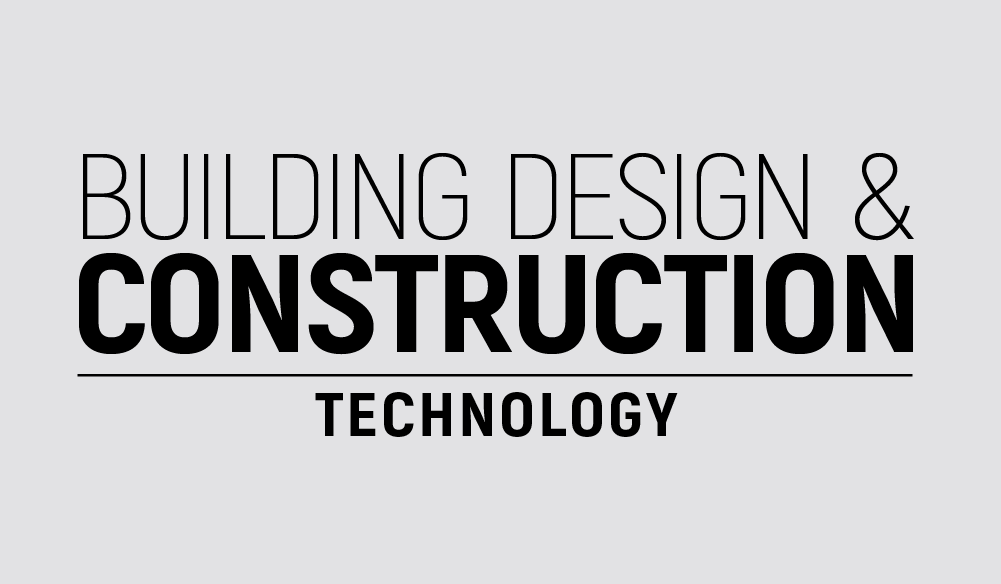Leading engineering solutions provider, Boulting Ltd., has released a new infographic and white paper, exploring and explaining the levels of Building Information Modelling (BIM) for construction, project and plant managers. BIM is a collaborative process that facilitates the efficient design, construction, maintenance and delivery of buildings throughout their entire life cycle.
The infographic and whitepaper can be downloaded for free on the Boulting Ltd. website.
The UK is one of the world leaders in BIM technology and execution, the UK government has recognised the key benefits of 3D Modelling and BIM and through legislation are driving its implementation and use, which is why it is crucial that industry professionals understand the levels of BIM in order to make the most out of their project.
The Boulting Ltd whitepaper and infographic provides insight into the current levels of BIM that were established as a requirement for construction when the UK Government published the Construction Strategy in 2011. Considerations for managing BIM projects as well as current regulations and future directions of BIM are explored through the whitepaper.
BIM levels range from level 0 to level 7, with even further potential for development in the future. In 2016, level 2 was set as the UK Government minimum standard for public sector work. Capability to undertake 3D Modelling coupled to BIM level 2 execution is normally a prerequisite requirement of the tendering process.
BIM is a valuable information source that allows project managers, contractors and maintenance teams to identify coordination issues earlier in the project cycle at design phase rather than during construction giving greater cost assurance and ultimately eliminating maintenance inefficiencies.
“In our sector, BIM is a fundamental aspect of work,” explained Glyn Shawcross, Engineering and Design Director at Boulting Ltd. “At Boulting, we are able to implement and undertake BIM projects and achieve successful results thanks to the wealth of knowledge that our valuable staff provide. The whitepaper and infographic helps to demonstrate the importance of considering BIM at all stages of a project, from planning through construction to the ongoing maintenance of the site.”
Regardless of whether a current project mandates the use of BIM, it’s essential that your business is BIM enabled and regulations are understood. As technology develops, future levels of BIM, beyond level 3 could become a standard requirement, as they require more collaboration for cross-functional work. Ensuring that current levels are understood will better prepare your business for future developments of BIM, when they become applicable to your project requirements.
To find out more information about BIM and the work that Boulting Ltd does, call +44 (0)1925 446000 or visit www.boulting.co.uk.





